As more and more consumers – particularly those in Gen Z – are choosing not to drink, a swathe of grown-up non-alcoholic drinks and bars dedicated to teetotal concoctions are popping up on both sides of the pond.
Alcohol is falling out of favor with tastemakers and health-conscious gen Z consumers.
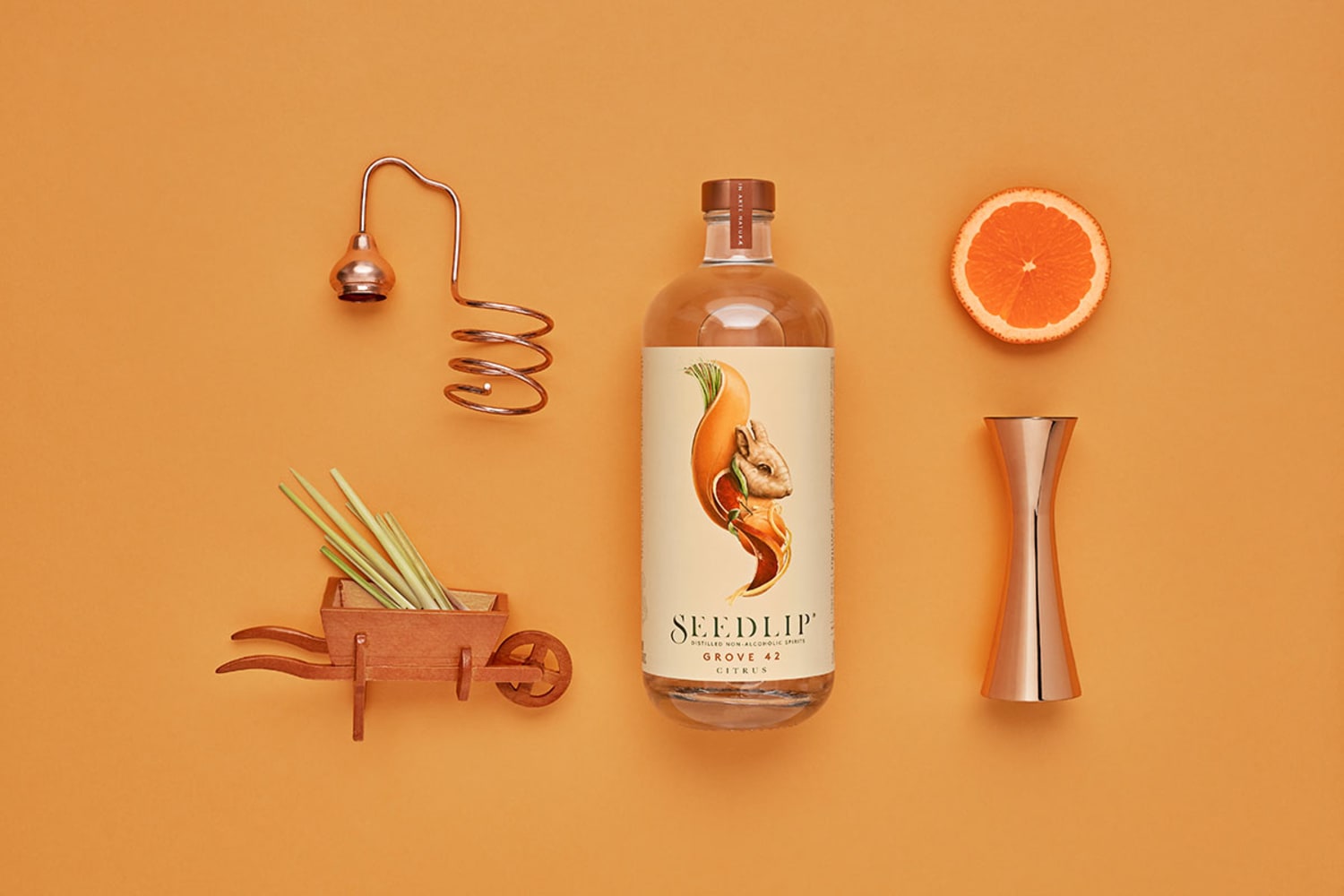
The sober life is certainly attracting some major style arbiters. Kate Moss has reportedly been forgoing alcohol since 2017, with the British tabloids lauding her new “healthy” and “fresh-faced” look. And British Vogue editor Edward Enninful told London’s Evening Standard last month that he “can’t imagine doing this job and drinking.” “You get to a time where you decide whether to carry on or not – it’s that simple,” he said in an interview with the paper.
So too, Anne Hathaway revealed to Ellen DeGeneres earlier this year that she’d decided to quit drinking “while my son is in my house,” while Florence Welch of Florence + The Machine told The Guardian last year that “when I realized I could perform without the booze it was a revelation.”
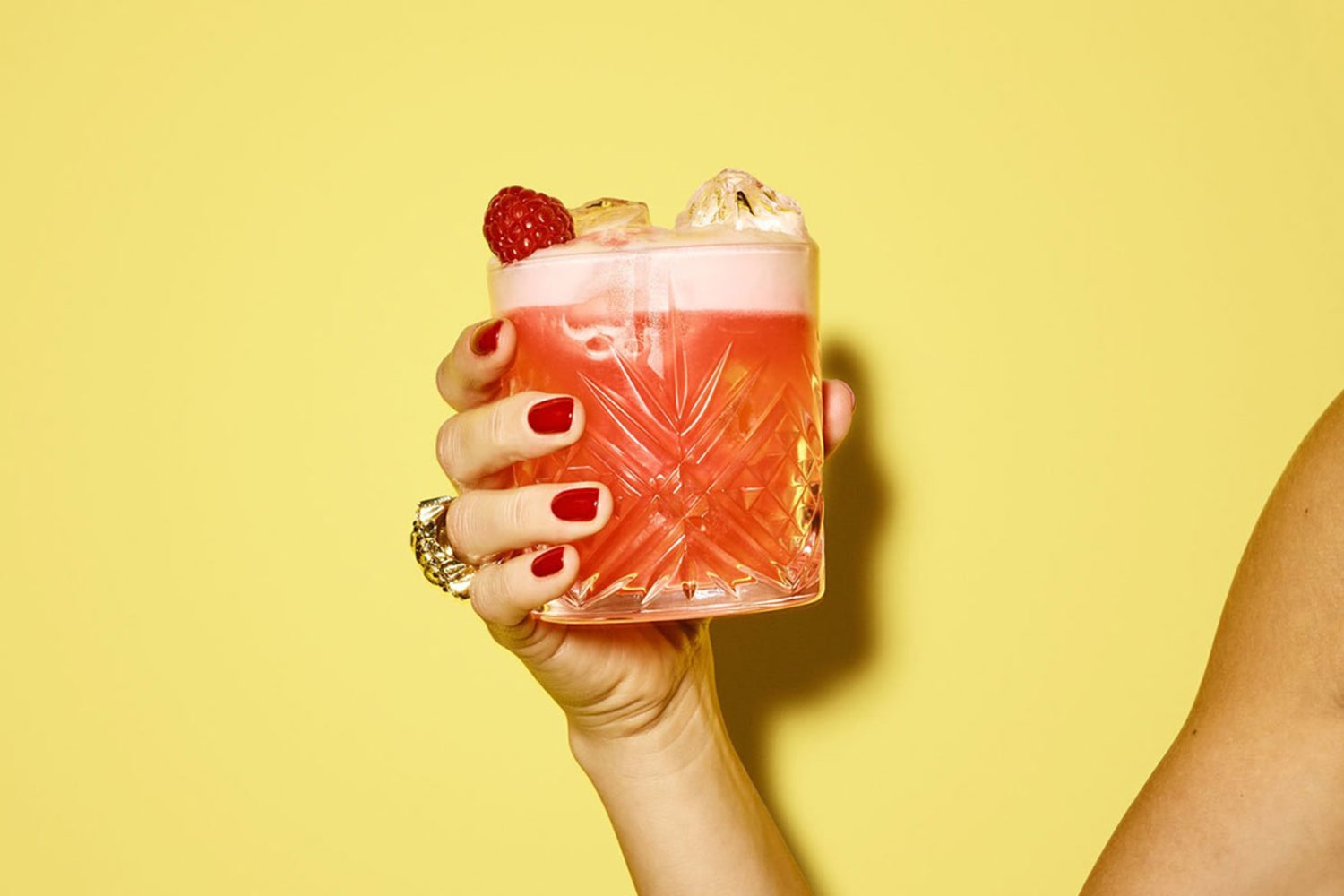
These celebrity pioneers are in step with a growing alcohol-free movement. According to a Red Brick Road and Opinium survey, British 18-25-year-olds feel that “drinking is no longer a performance-enhancer but a threat to holistic health and productivity.” In its survey of 1,381 bar managers, members of Gen Z and older generations (for comparison) the report found that 75% of Gen Z interviewed “feel it is important to be in control of all aspects of their life at all times (compared with 49% of Gen Y/X), naming work or study as their number one priority, rather than socializing or partying,” wrote Campaign magazine, reporting on the survey. “In a world [where it’s] increasingly difficult to get ahead, they see a hangover, lighter wallet and a sloppy social media presence as a competitive disadvantage.”


Chiming with this mood, a host of aspirational drink brands are aiming to create non-alcoholic drinks that are as enticing as hard liquor. Seedlip launched its botanical blend Spice 94 in 2015, with the tagline, “What to drink when you’re not drinking.” Positioned in a similar way to a premium spirit – and priced at $36 – Seedlip, designed to be blended in a cocktail or with tonic water, has now added Grove 42, made with “three types of orange and spice distillates” and Garden 108, with peas and home-grown hay, to its offering. Three Spirit, meanwhile, calls its botanic-infused product a “social elixir,” made with yerba mate, lion’s mane, damiana, and cacao, with this concoction said to stimulate similar receptors to alcohol, creating what the brand calls “a synergistic experience” and “a deeper connection to yourself, to others, and to your surroundings.”

And last year Alex Carlton, who founded the Funkin cocktail range in 1999, launched Stryyk, alcohol-free spirits dubbed Not Vodka, Not Rum, and Not Gin. Taking aim at a younger crowd than Seedlip, with its bold, macho branding, Stryyk calls its drinks “zero-proof spirits for the next generation of partygoers.”
“Latest figures show that one in three people aged 16-24 never drink alcohol and those who do, drink less. So with so many consumers now choosing to stay sober, it is important for pubs and bars to review their non-alcoholic offerings,” Carlton told The Spirits Business.
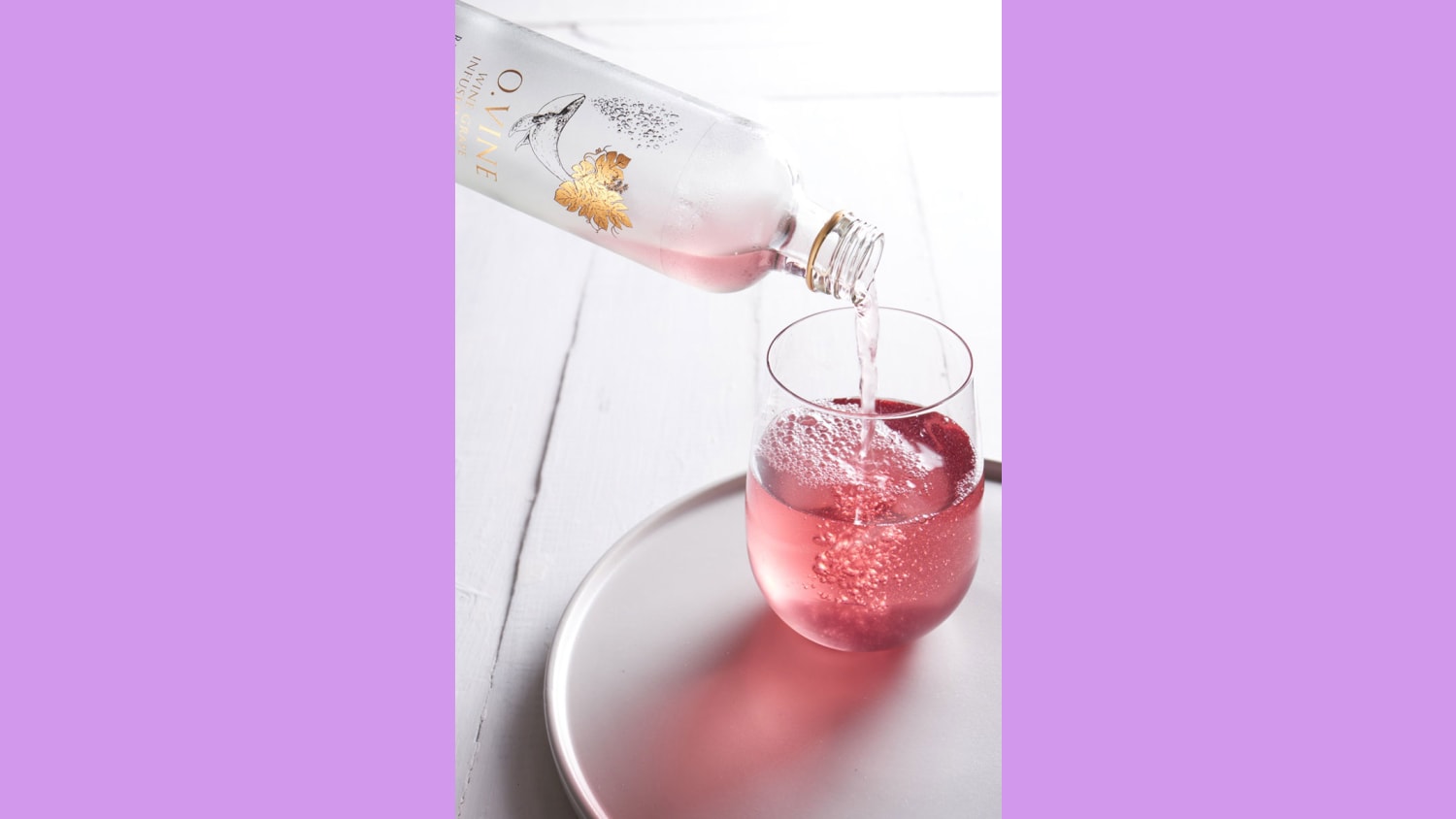

Wine, too, is providing inspiration for a new wave of non-alcoholic drinks. Napa Hills offers “enriched waters,” that are a blend of fruit-flavored water and VitaRes (an antioxidant blend with extracts of resveratrol, red grape skin and red wine extract)—that’s said to offer the same antioxidants as a glass of red wine. And Israeli brand Wine Water last year launched O. Vine, a line of alcohol free, grape-infused waters that the brand says have the “health benefits and antioxidants of the real thing, all without a trace of alcohol.”
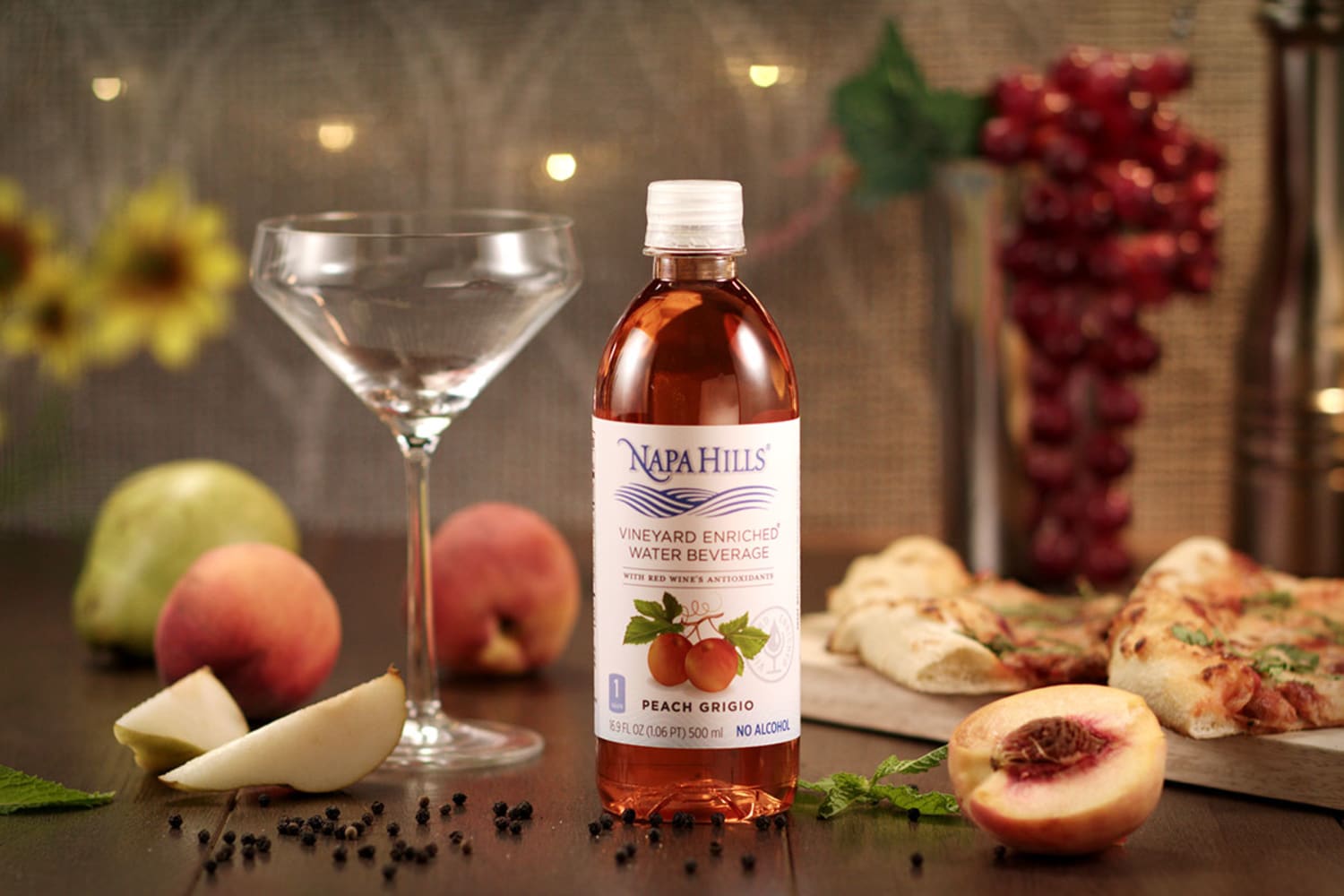
Meanwhile, alcohol-free bars are gaining a foothold. Listen Bar is a pop up alcohol-free bar concept that in January had a residence at Von in New York’s East Village. Among the bar’s nuanced teetotal creations are She Pretty, made with rosewater, strawberries, and egg white. Its founder Lorelei Bandrovschi told the Wall Street Journal that the concept came from the social need “to provide a room for people to meet in…I don’t think you need the alcohol.”

And at Reception Bar, a new bar in New York’s East Village, there’s as much real estate on the menu given over to non-alcoholic, health-boosting cocktails as there is alcoholic drinks.
Owner Katie Rue told Forbes that her Korean heritage had inspired the creations, which take their cues from traditional Korean remedies. Among its non-alcoholic Elixirs are Buckwheat Bubbly, said to “increase blood flow to rejuvenate the brain and stimulate the senses without caffeine,” and made with sparkling chrysanthemum, sparkling buckwheat, goji berry honey, and lemon, while the Jeju Shield blends artemisia, Korean green pepper, jeju green mandarin honey, lemon, and ginger, and claims to boost the immune system.
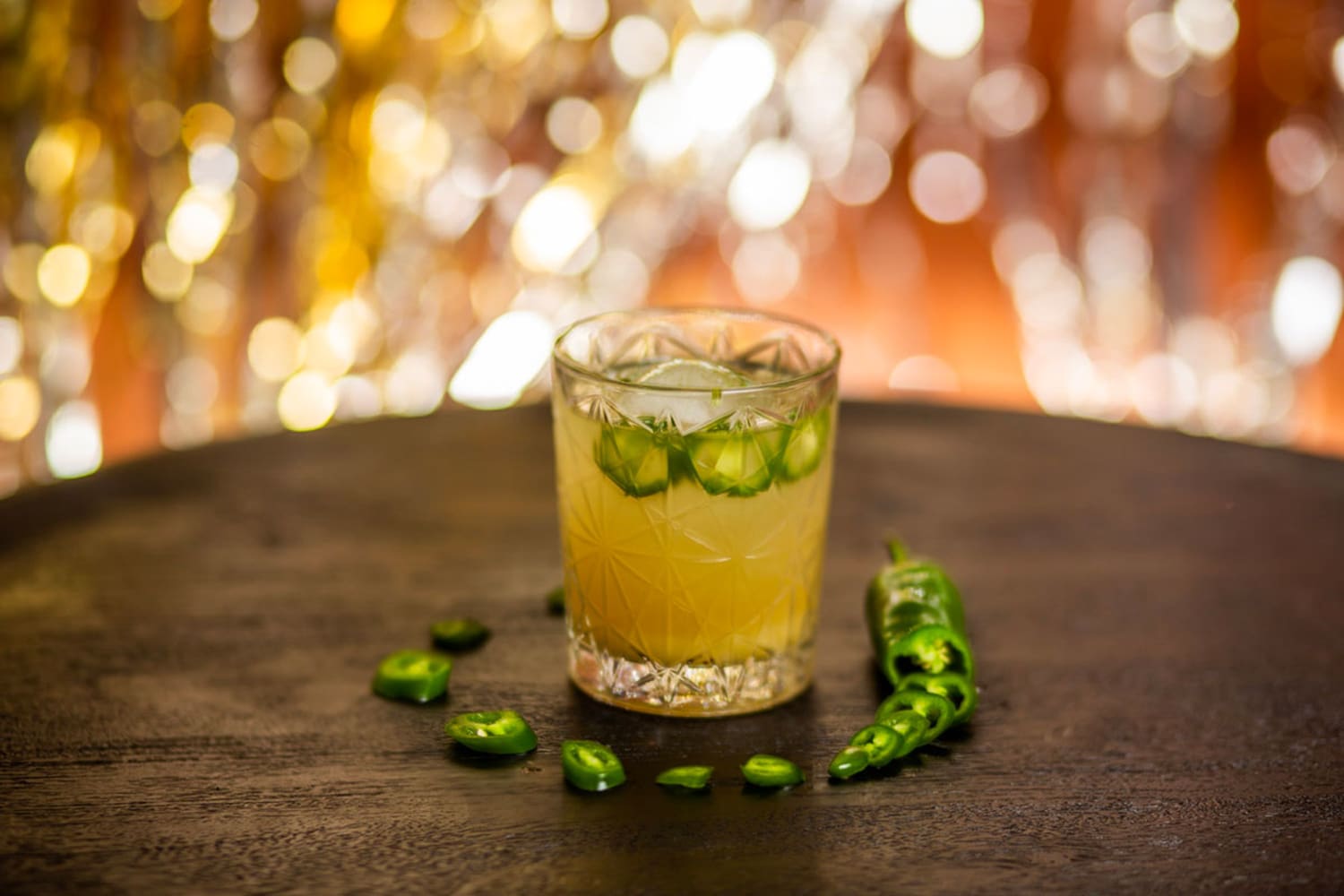
With the low and no-alcohol sprits category forecast to grow by 81.1% between 2018 and 2022 in the UK alone, The Spirits Business reports, expect yet more innovation and experimentation in alcohol-free drinks and environments alike.
Please provide your contact information to continue.
Related Content

VML Prague and KitKat offers a digital break with its new "Phone Break" campaign

